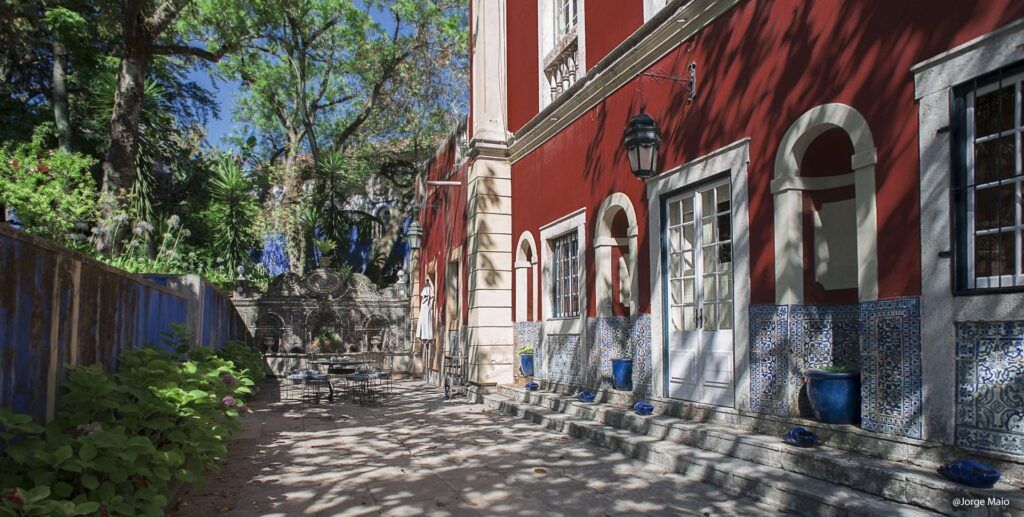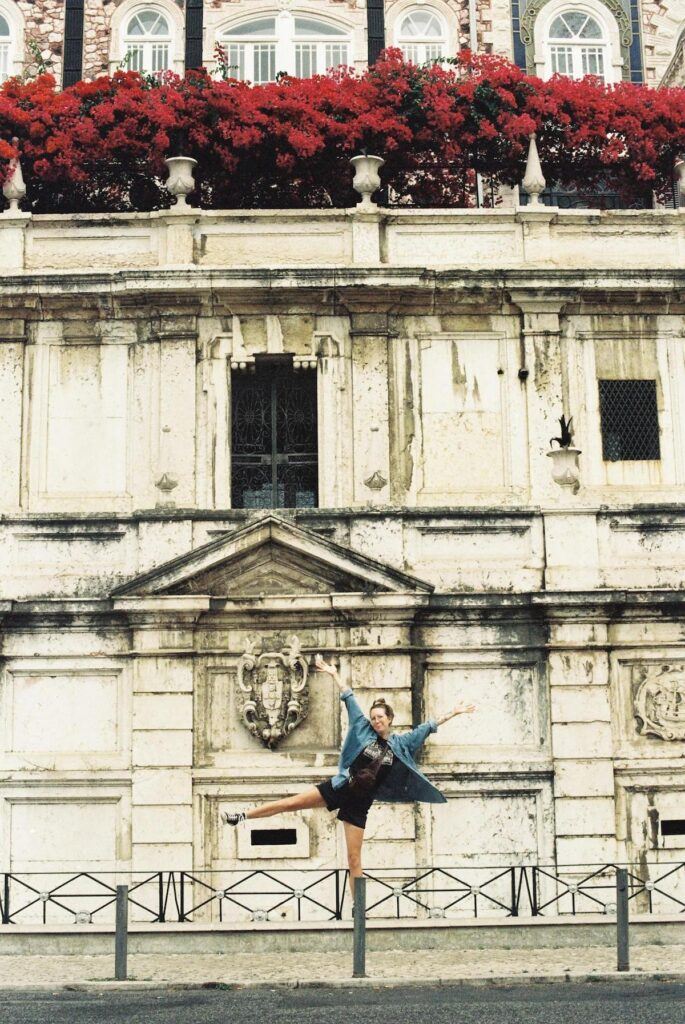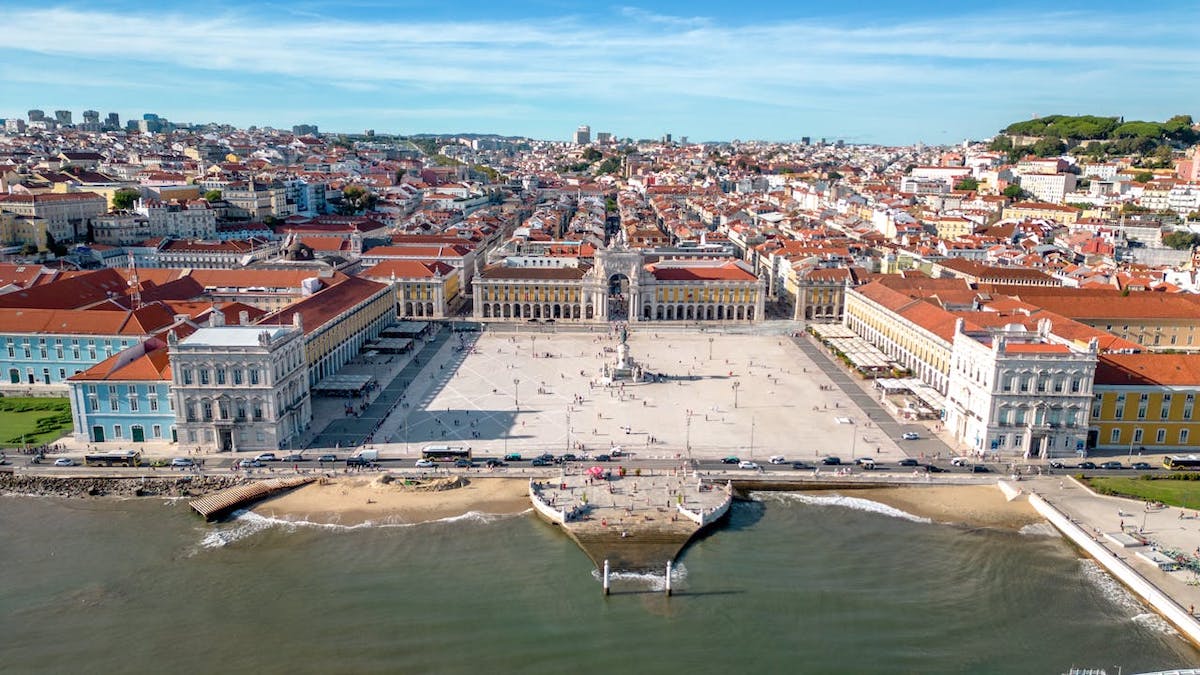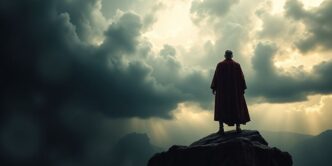Lisbon is filled with well-known landmarks, but the city also hides a wealth of lesser-known historical sites that capture its rich past. Here’s a look at some of the best hidden historical gems in Lisbon:
1. Convento de São Pedro de Alcântara
- Overview: This hidden gem is a serene, 17th-century convent with beautiful azulejo (tile) panels depicting biblical scenes. It provides a peaceful atmosphere with views over the city.
- Why Visit: It’s often overlooked by tourists, making it an ideal spot for those who appreciate history without the crowds.
2. Casa do Alentejo
- Location: Near Rossio Square
- Description: A former Moorish palace transformed into a cultural center dedicated to the Alentejo region. Its intricate interior includes Arab-style courtyards, grand staircases, and hand-painted tiles.
- Highlight: The restaurant inside serves traditional Alentejo cuisine, and the building itself offers a glimpse into Portugal’s diverse architectural influences.
3. Roman Theatre Museum (Museu do Teatro Romano)
- Historical Context: Lisbon’s Roman past is often overshadowed by its medieval and Age of Discovery history. This small museum showcases the remains of a Roman theatre dating back to the 1st century BC, believed to have been built during Emperor Augustus’ reign.
- Experience: Visitors can explore both the ruins and exhibits detailing life in ancient Olisipo (the Roman name for Lisbon).
4. Palácio dos Marqueses de Fronteira

- Details: Located slightly outside the main tourist path, this 17th-century palace is still inhabited by the original family. The palace boasts exquisite tile work, beautifully manicured gardens, and statues that tell the story of Portuguese history and mythology.
- What to See: The Gallery of Battles and the intricate azulejos are must-sees for art and history lovers.
5. Igreja de São Roque
- Significance: While its plain exterior might not catch your eye, this church has one of the most opulent Baroque interiors in Europe. It features the Chapel of St. John the Baptist, which is considered one of the most expensive chapels ever built.
- Fun Fact: It was constructed in Rome, blessed by the Pope, and then disassembled and shipped to Lisbon in the 18th century.
6. Jardim do Torel
- Overview: This hidden garden is a tranquil oasis tucked away in the city center. Once the grounds of a private palace, it offers stunning views over Lisbon and is perfect for a relaxing break.
- Why It’s Special: It remains lesser-known compared to other miradouros (viewpoints), making it a peaceful spot to soak in the city’s charm.
7. Chafariz d’El Rei
- Historical Importance: One of the oldest public fountains in Lisbon, dating back to the 13th century. This fountain provided water to the city for centuries and was a meeting point for people of different classes and backgrounds, including travelers, traders, and local residents.
- Legacy: It symbolizes Lisbon’s multicultural past and importance as a trade hub.

8. Aqueduto das Águas Livres (Águas Livres Aqueduct)
- Hidden Feature: While the aqueduct itself is well-known, the lesser-visited interior paths and galleries are an underappreciated aspect. Spanning across the Alcântara Valley, this engineering marvel from the 18th century supplied water to Lisbon and survived the 1755 earthquake.
- Visitor Tip: Explore the hidden pathways inside the aqueduct for an impressive view of Lisbon’s western neighborhoods.
9. Beco dos Curtumes
- Description: A tiny, atmospheric alleyway in Alfama that reflects the Moorish influence in the area. The name refers to leather tanners, showcasing the working-class history of Lisbon’s oldest district.
- Why It’s Notable: Strolling through this narrow lane is like stepping back in time and experiencing the city’s medieval roots.
10. Carmo Convent’s Ruins by Night
- Insight: While the Carmo Convent is famous for its haunting ruins from the 1755 earthquake, visiting it during special evening events gives a different perspective. Lit under the moonlight, the open-air site hosts cultural performances and concerts.
- Unique Experience: The ruins take on a mystical quality at night, offering a blend of history, culture, and unique ambiance.
Conclusion
These hidden historical gems in Lisbon offer an intimate look into the city’s multifaceted past. From Roman relics and Moorish architecture to hidden convents and intricate palaces, these sites provide visitors and history enthusiasts a richer, quieter experience beyond the typical tourist trail.













